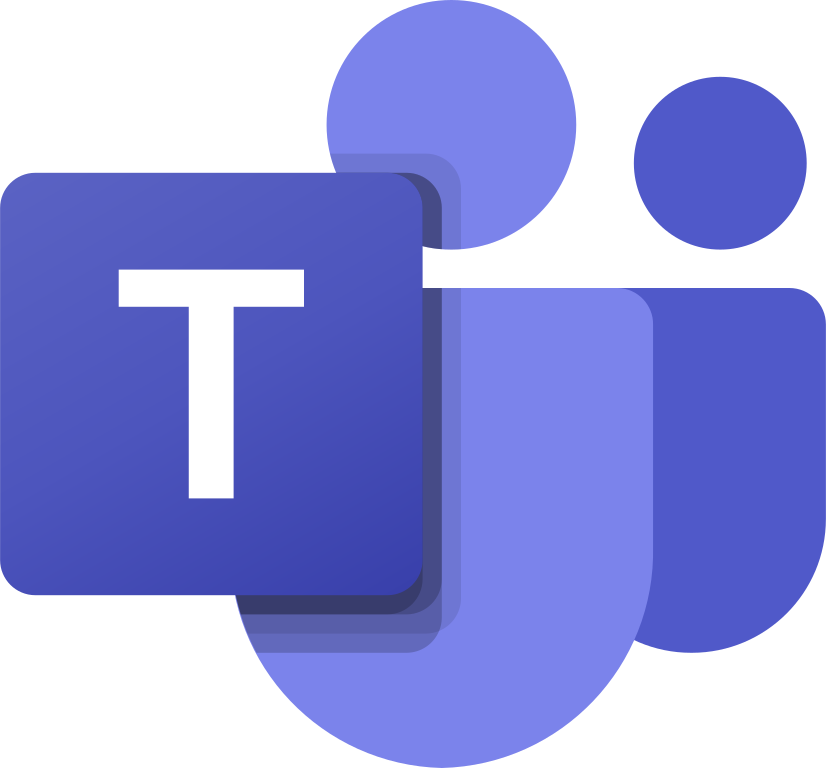Difference Between Microsoft Teams and Google Meet
The concept of working remotely or working from home is not new, but it wasn’t until recently during the desperate times of the Covid-19 pandemic that this idea has started gaining ground. This pandemic is still far from being over but it has forced companies around the world to go online. Well, the urgent need to give employees all the necessary tools they need to shift their workspace from offices to home raised some concerns among employers at the beginning. But, as things settled over time, every company starts to realize the potential of remote working. As this digital transformation gained momentum, employees started to rely more on video conferencing and collaboration tools to connect to their fellow team members, tools like Microsoft Teams and Google Meet, which have gained immense popularity in the last year alone than they have in the past few years.

What is Microsoft Teams?
Microsoft Teams is a popular business communication and collaboration platform that evolved from the already popular Microsoft’s Skype for Business. Released in 2017, Teams is a complete video conferencing and collaboration package that comes as part of the Microsoft 365/Office 365 suite of products. It is designed for businesses, schools and other organizations to work and collaborate together through meetings, chats, audio and video calls, screen sharing and file sharing. It integrates most of the services included in the Microsoft 365 suite in a single platform. You can create virtual teams and invite participants to your private workspace, share files with them, and then collaborate on those files collectively in order to improve productivity and achieve business goals. Teams is available across different platforms including the web, Windows, Android, and iOS.

What is Google Meet?
Google Meet, previously known as Google Hangouts, is a video conferencing platform developed by Google. It is a sophisticated communication tool to connect and collaborate, and is more suitable for business applications like webinars and video conferencing. It offers all the features needed for professional meetings for those who want to use the platform in a business setting. It seamlessly synchronizes with G Suite for enhanced connectivity and collaboration. Just like Teams, Meet is an all-in-one solution that allows for chats, text, video call, file sharing, and other functions in a single platform. It often used for real time chat conversations, either in group or one on one. And the best part, it is free for everyone to use at home and offices for up to 100 participants and a time limit of an hour.
Difference between Microsoft Teams and Google Meet
Platform
– Both Teams and Meet are great business productivity and collaboration tools used by businesses around the world to connect and collaborate. Teams is a Microsoft’s proprietary video communication and collaboration tool that comes as part of the Microsoft 365/Office 365 suite of products. It is one super application that integrates many different apps into one program. Google Meet, on the other hand, is an upgraded version of the Google Hangouts app which seamlessly synchronizes with G Suite for enhanced connectivity and collaboration.
Integrations
– Both the tools have opened their collaboration platforms for third party integrations and plug-ins for much improved collaboration. Microsoft Teams offers several ways to expand the Teams collaboration experience to third party applications, such as integrations with Cisco Webex Meetings, Zoom, and project management apps like Trello, Asana, Wrike, and so on. Google Meet, just like Microsoft Teams, offers several third party integrations to expand its collaboration experience outside the wire. Apart from its in-house integrations, Meet also plays well with other third party conferencing platforms, such as Cisco Webex, Lifesize, Polycom, etc. Teams has a long list of third party apps compared to Google Meet’s.
Pricing
– Microsoft Teams certainly holds its own in regard to pricing. It offers a free plan for those who are just getting started and a paid version that comes with the Office 365 Business plans. The cheapest plan is priced at $5 per user per month for the annual commitment and goes up to $12.50 for annual billing. For large enterprises, Teams offers an enterprise Office 365 E3 plan at $20 per user per month.
Google Meet is free for individual users looking to host online meetings for up to 100 participants for an hour. For additional features such as Drive, Docs, Sheets and Slides, you must subscribe to Google Workspace Essentials (formerly G Suite). Google Workspace starts as low as $6 per user per month for the basic plan and goes as far as $18 per user per month which allows you to host a meeting with up to 250 participants on board. The most popular plan is the Business Standard plan which costs $12 per month for up to 150 participants.
Microsoft Teams vs. Google Meet: Comparison Chart

Summary of Microsoft Teams vs. Google Meet
While both Microsoft Teams and Google Meet have gained immense momentum in the past year as two of the popular business communication and collaboration platforms, it also raised some questions regarding which one is a better video conferencing solution. If you are a regular user who wants to keep in touch with family and friends, then Google Meet is a better alternative for you since it’s free for users looking to connect to people around the world. And if you’re already a G Suite user, then you must definitely use Google Meet. If you are a Microsoft 365 user, then you should go with Microsoft Teams since it integrates most of the services included in the Microsoft 365 suite in a single platform.
- Difference Between Caucus and Primary - June 18, 2024
- Difference Between PPO and POS - May 30, 2024
- Difference Between RFID and NFC - May 28, 2024
Search DifferenceBetween.net :
Leave a Response
References :
[0]Ferreira, João. Hands-On Microsoft Teams. Birmingham, United Kingdom: Packt Publishing, 2020. Print
[1]Fulsawange, Sunil, et al. Impact of Covid-19 on Education, Agriculture, Science and Technology. Lucknow, India: Online Gatha, 2020. Print
[2]Hubbard, Melissa and Matthew J. Bailey. Mastering Microsoft Teams: End User Guide to Practical Usage, Collaboration, and Governance. New York, United States: Apress, 2018. Print
[3]Image credit: https://commons.wikimedia.org/wiki/File:Google_Hangouts_Meet_icon.png
[4]Image credit: https://commons.wikimedia.org/wiki/File:Microsoft_Teams.png
